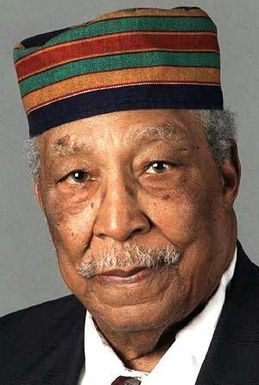Ernest Withers facts for kids
Quick facts for kids
Ernest Columbus Withers, Sr.
|
|
|---|---|
 |
|
| Born | August 7, 1922 Memphis, Tennessee, U.S.
|
| Died | October 15, 2007 (aged 85) Memphis, Tennessee, U.S.
|
| Occupation |
|
|
Notable work
|
Photographs of the segregated South in the 1940s–2000s, Negro league baseball, and the Memphis blues scene. |
Ernest C. Withers (born August 7, 1922 – died October 15, 2007) was an amazing African-American photojournalist. A photojournalist is someone who takes pictures for news stories. He took pictures for over 60 years, showing important moments in African-American history. Many of his photos were taken in the "segregated South." This means a time and place where Black and white people were kept separate by law.
His famous pictures include the Montgomery Bus Boycott, Emmett Till, the Memphis sanitation strike, and Negro league baseball. He also photographed many famous musicians, especially those from the Memphis blues and Memphis soul music scenes.
Later, in 2010, it was shared that Withers worked for the FBI. He was paid to share information about the US Civil Rights Movement. This movement worked to end segregation and gain equal rights for Black Americans. Withers started working with the FBI shortly after taking his first photo of Martin Luther King Jr..
His work is now kept in important places like the Library of Congress. It will also be part of the permanent collection at the Smithsonian Institution's National Museum of African American History and Culture in Washington, D.C.
Contents
Life and Photography of Ernest Withers
Early Life and Training
Ernest C. Withers was born in Memphis, Tennessee. His parents were Arthur and Pearl Withers. He showed interest in photography from a young age. He took his first photo in high school. His sister gave him a camera she got from a classmate.
He met his wife, Dorothy Curry, in high school. They were married for 66 years. During World War II, he learned photography at the Army School of Photography. After the war, Withers became one of Memphis' first African-American police officers.
Family and Hobbies
Ernest and Dorothy Withers had eight children. They had seven boys and one girl, Rosalind. He also had another daughter named Frances Williams. All of his sons helped him as photographers at different times. His photography business was called Withers Photography Studio.
Withers loved to travel and visit family. He also enjoyed having guests at his home. Many famous people visited him. These included actors like Brock Peters and Jim Kelly. Musicians like Eartha Kitt also came. He was a big fan of sports, from high school to professional games.
A Career in Photography
Withers worked as a photographer for about 60 years. His most famous pictures are from the Civil Rights Movement. He traveled with Martin Luther King Jr. during his public life.
Withers's photos of the Emmett Till murder trial brought national attention. This trial showed the racial violence happening in the 1950s. Withers appeared in a TV show about Emmett Till. It was called The American Experience: The Murder of Emmett Till.
He was also the official photographer for Stax Records for 20 years. Stax Records was a very famous music company. Experts believe Withers took between 1 million and 5 million photos in his career. Efforts are now being made to save and digitize all his work.
Later Years and Passing
In 2007, Ernest Withers passed away. He died in his hometown of Memphis. He had complications from a stroke.
FBI Information Released
In 2013, the FBI released some documents about Withers. This happened because a Memphis newspaper asked for them. The documents showed that the FBI investigated Withers in 1946. They thought he might have ties to a group that was believed to be communist.
Later documents from 1968 mentioned an informant. This informant was known as ME 338-R (Ghetto). Many believe this was Ernest Withers. This informant gave general information to the FBI. This included pictures and descriptions of meetings and events. The informant also shared some specific details about a group called the Invaders.
The informant worked for two years, from 1968 to 1970. They provided 10 pictures in the released documents. Ernest Withers died before these documents were released. So, he could not respond directly. However, in 2000, he spoke about the FBI. He said agents often watched him and asked him questions. He said he stayed out of important meetings. He didn't want to know any "high powered secrets."
Civil rights leader Andrew Young commented on the FBI file. He said, "The movement was transparent and didn't have anything to hide anyway."
Ernest Withers Museum and Collection
The Ernest Withers Museum and Collection opened in Memphis, Tennessee. It is located on Beale Street. The museum opened in May 2011. It shows many of Ernest Withers's famous photos. His complete collection of photos is kept in another location. The Withers Museum and Collection is a large space, about 7,000 square feet.
See also

